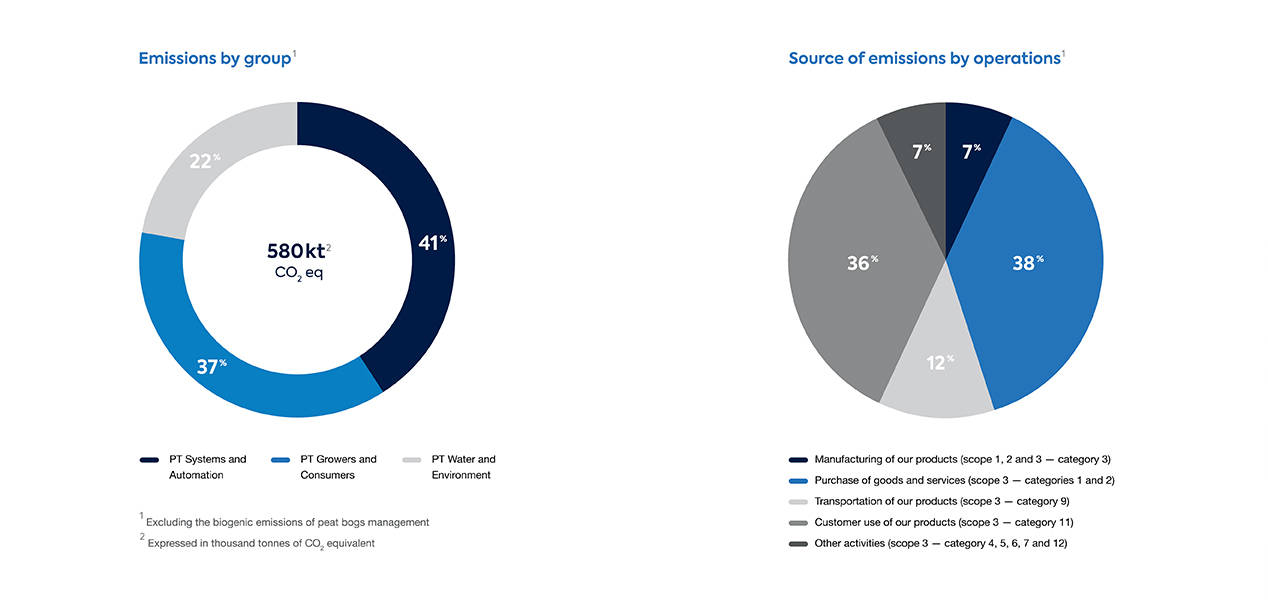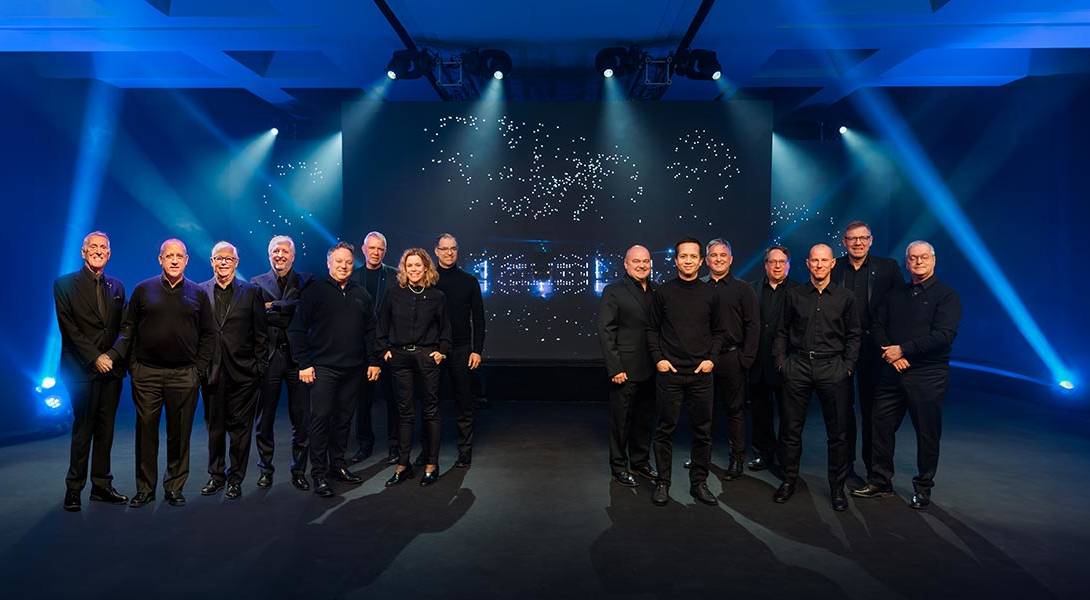Climate action : a collective challenge

Climate action is a collective challenge that extends to companies, individuals and communities alike. Premier
FY22 – FY23 | Laying a strong foundation
With the ambition to take part in climate action and set a reduction target, we must first get a precise and complete overview of our global GHG emissions. By conducting our first global inventory on scopes 1, 2 and 3, we identified the various emission sources and hotspots related to our activities.
It gave us the required information to set a target and develop an action plan to reduce our GHG emissions.
FY24 | Establishing our ambition
Over the past year, we have identified the various reduction scenarios for each of the business groups, then defined a consolidated objective.
Following these efforts, Premier
* Excluding the biogenic emissions of peat bogs management
FY25 – FY31 | Accelerating
Fiscal year 2025 started with the implementation of software for conducting GHG inventories and following up on the results of our reduction plan. Some decarbonization initiatives are already underway and will be amplified gradually over the coming years.
In order to accelerate their implementation, we have initiated a process to determine the percentage of our investments that will be allocated toward these decarbonization initiatives. At the same time, we have also identified the key technological advancements that must be integrated into our technological watch and innovation activities to meet our target.
Moving beyond
We also are fully committed to continue our GHG reduction efforts beyond 2030. We aim to develop sustainably, focusing on the development of impactful offers while limiting the footprint of our activities.

Change and innovation related to the carbon flux in lands
Even though scientifically recognized reduction targets — namely those of the Science Based Target Initiative (SBTi) — have been established for several years, they did not account for natural biogenic emissions, such as land-based emissions. The calculation and identification of reduction targets focused on fossil emissions, overlooking the specific emissions related to land use as well as the forestry and agriculture industries.
The lack of a precise calculation methodology and tailored models for establishing reduction targets made it more challenging for companies in these industries to effectively participate in these reduction efforts. The Forest, Land and Agriculture (FLAG) methodology for establishing reduction targets has been developed in the past year to bridge the gap with the existing SBTi standards. The calculation methodology for these GHG flux has been clarified through the Greenhouse Gas Protocol framework, which should be adopted by the end of 2024.
Moreover, given the new results from academic scientific research, the Canadian Sphagnum Peat Moss Association (CSPMA) has undertaken a study to reassess the GHG flux exchanges in peat bogs. This study is expected to yield in a significant improvement in the relevance and precision of the calculation tool for peat bog emissions.
We take an active part in these developments and monitor them while ensuring that they are suited for our industry. We aim to set a target and develop action plans for our peat bog operations within the upcoming fiscal year. Meanwhile, we maintain our Innovation, Research and Development efforts and our collaboration with the industry to improve our harvesting and restoration methods. It also helps us identify and enhance complementary material to peat moss.
*This story is from the Premier Tech Report 2024.
Read the complete 2024 sustainability report
As we embark on our second century of history, we reflect on a year fuelled by our potential to create a lasting, positive impact. Learn more about actionable initiatives we implemented over the past year, driven by sustainability and beyond.


